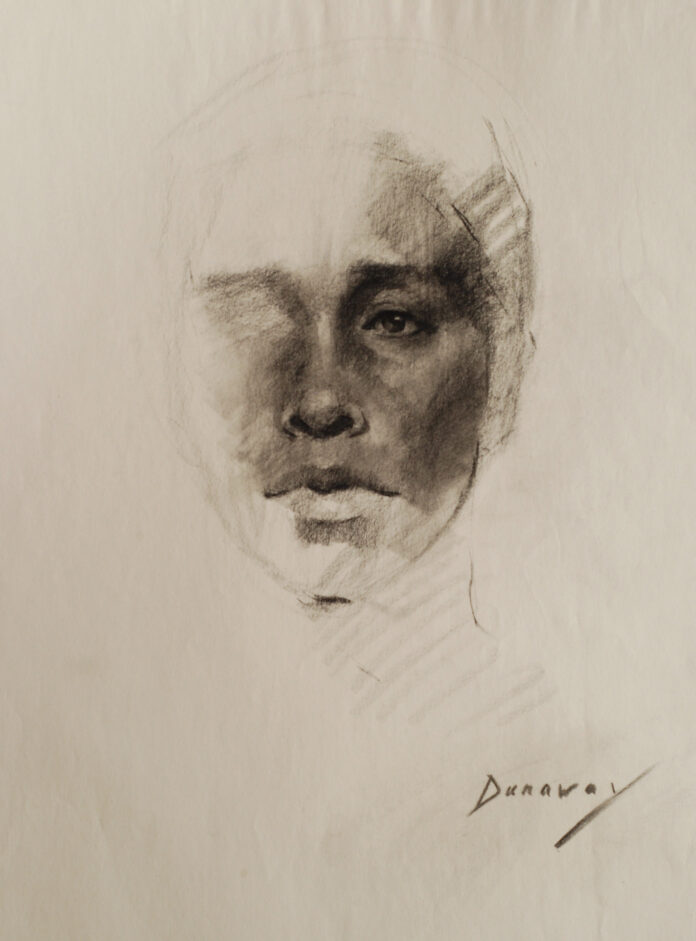The following is part of a series featuring a leader in the art community who has joined us on the faculty of the Plein Air Convention & Expo. The next one is in the Great Smoky Mountains in May 2024.
Capturing the Essence
By Michelle Dunaway
In painting, essence is what fascinates me. As artists, we are attracted to and become enchanted with subtleties—the light cascading over a subject, the rhythms of compositional movement, the nuances of color notes, just to name a few. We lay a solid foundation of structure to highlight these beautiful aesthetics. And though my eye becomes infatuated with these visual elements, my soul falls in love with the essence.
After all, it is another human being sitting in front of us, allowing us to observe them and see a glimpse into the story of who they are. For a moment we get to experience the essence of that person, even in some small measure, and that is truly something to be cherished. Even when painting a landscape or still life, we are witnessing a transitory moment in time that will never be quite the same again. Observing, experiencing, and expressing such moments enriches us exponentially as human beings.
One of my favorite quotes by Robert Henri from his book “The Art Spirit” states this so succinctly. “There are moments in our lives,” Henri writes, “there are moments in a day, when we seem to see beyond the usual. Such are the moments of our greatest happiness. Such are the moments of our greatest wisdom. If one could but recall his vision by some sort of sign. It was in this hope that the arts were invented. Signposts on the way to what may be. Signposts toward greater knowledge.”
The essence, that intangible quality we connect to and experience, infuses everything. It’s defined as the intrinsic or indispensable properties that serve to characterize or identify something—the most important ingredient, the crucial element. When beginning to paint a subject, that is what I want to be aware of, connect to and fully experience; to somehow imbue within the work.
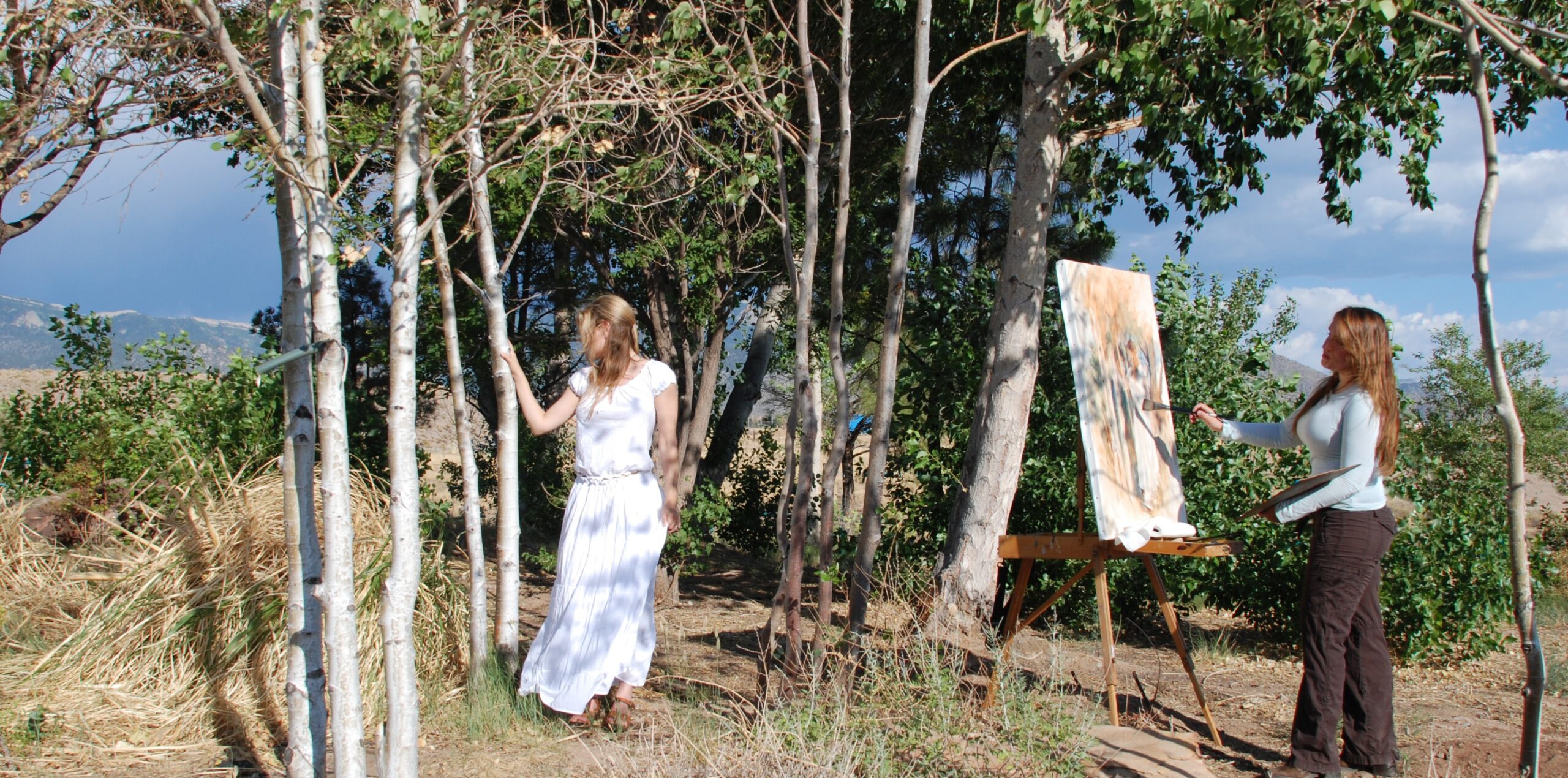
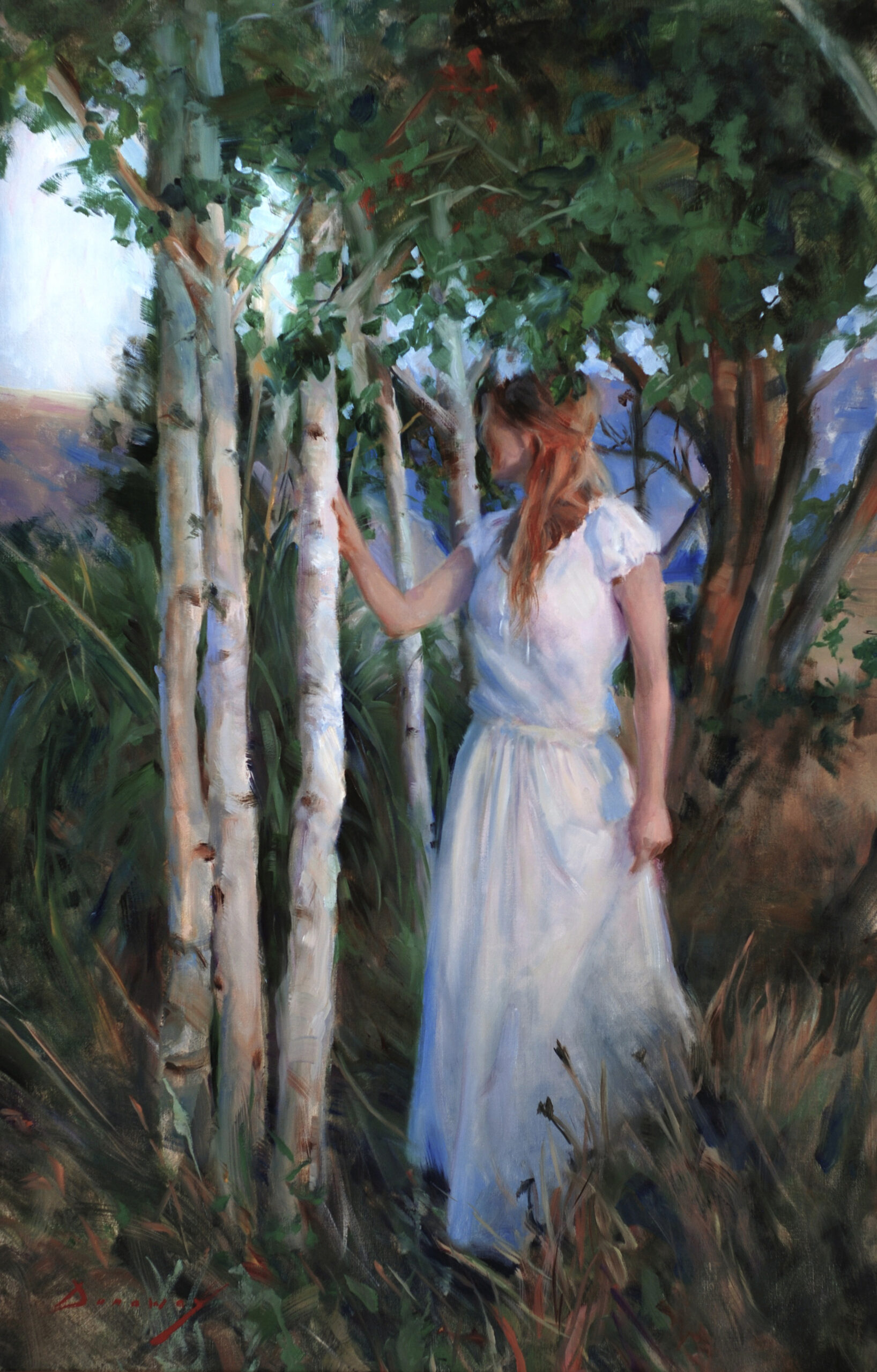
When painting from life, our minds must of course be focused on the fundamental technicalities that compose painting. It is essential to lay the foundation of accurate drawing, structure, variations of color temperature, conservation of values, etc. After all, these are the only tools at our disposal with which to express the more ephemeral qualities. What is in front of us, though, is so much more than that. While my mind delves into the technical aspects, I try to keep in the forefront of my heart the exquisite privilege of being able to study another human being; to see, even if just in some small measure, part of their life story. My deepest desire is that the painting resonates with a glimpse of that story.
One of the things that inspires me the most is the seeming dichotomy we exhibit as human beings. We are, each of us, a completely unique culmination of our varied life experiences. No one on this earth has experienced life, thought about life, or observed life in exactly the way you have. We are varied and unique individuals, yet at the same time we all experience the same emotional journeys through life as human beings, and that connects us in a powerful way.
We all long for and desire the same essentials—we all want to matter, for our life to have significance and purpose, to love and be loved, to experience peace, freedom, and happiness. These basic fundamental human needs profoundly connect us in a way that is independent of our personal histories or geographical culture. As an artist, I am captivated by the unique aesthetic beauty of an individual, and am utterly mesmerized by our underlying connectivity to each other through our emotional journeys.
“Relation and connection are not somewhere and sometimes, but everywhere and always. The divine order does not stop where sight stops.” ~ Ralph Waldo Emerson
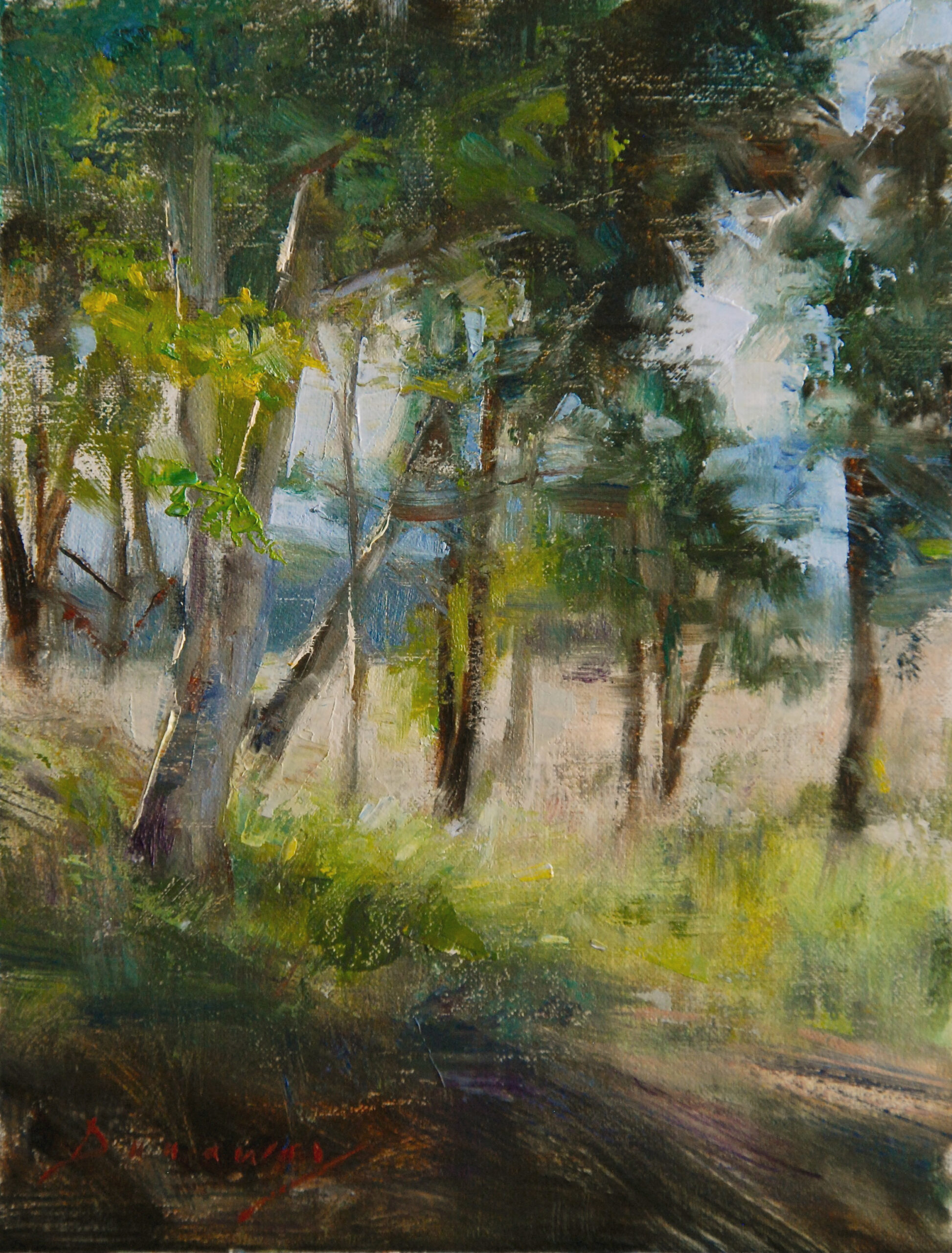
I always tell students in my workshops: before laying brush to canvas, invest time to take in the subject visually; to observe, study, and ask yourself the question of what you want to capture—what moves you visually. Form that intention before beginning and then retain that intention while in the process of painting, while simultaneously allowing yourself to be open to the creativity of the moment. I believe learning to see is as vital as learning how to paint what you’re seeing.
Remember to pay attention to the traces of emotion that pass across the subject’s eyes or face in the subtlest of ways when they are lost in thought. Connect with that, become aware of it, and it will be transposed into your paintings in beautifully subtle ways.
Painter Cecilia Beaux wrote about this in her notes on portrait painting. “The mood of the painter who undertakes to deal with a living soul,” Beaux said, “must indeed be poised and alive at every point. He must feel in the depths of his own nature the shadow of a shade of change—of expansion or contraction, that passes over the being before him.”
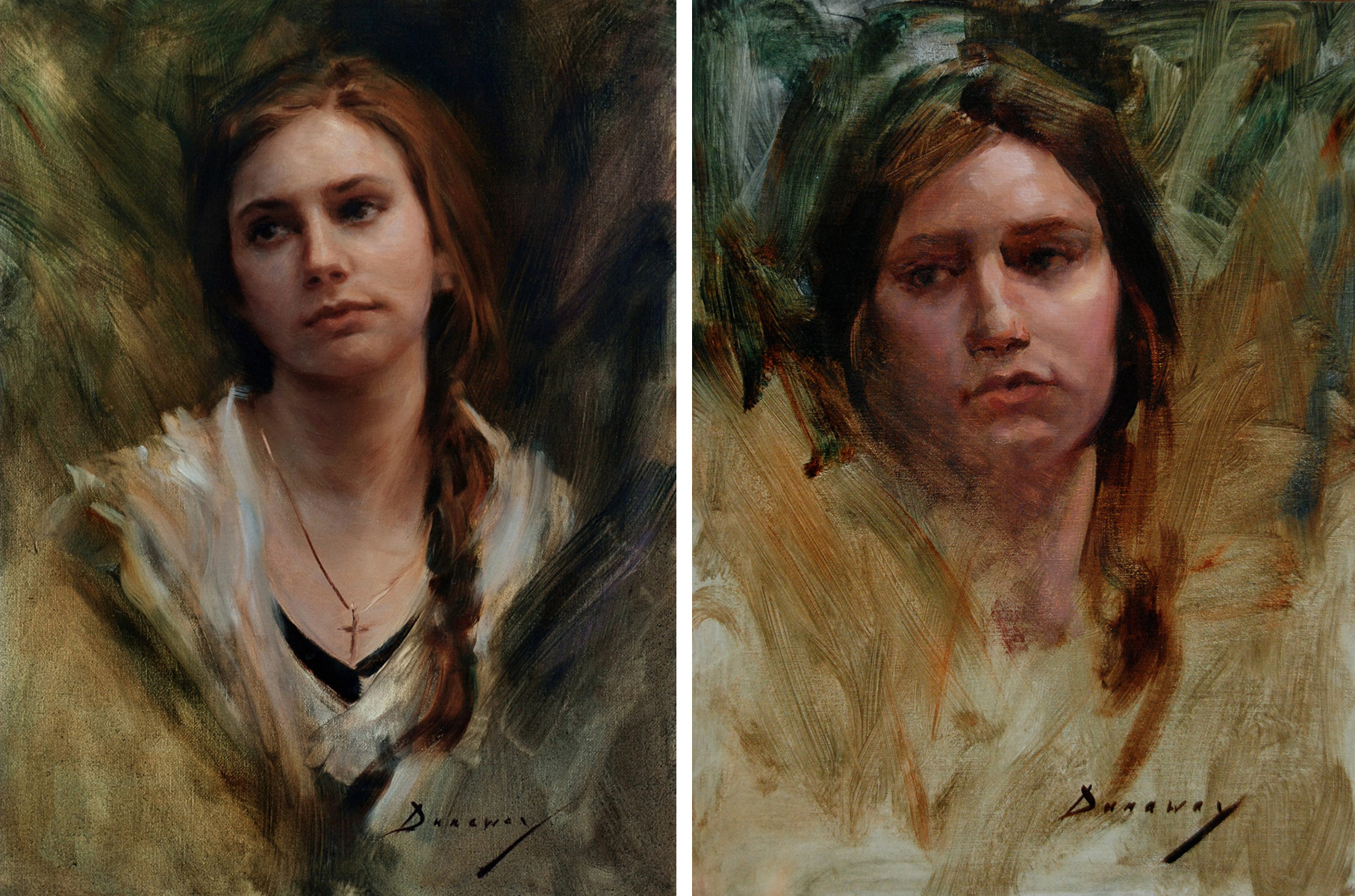
Right: Life study for “Remembering Home”
The paintings that capture that essential nature move us in a way that we can’t quite explain. It is beyond accurate drawing, beautiful brushwork or exquisite color shifts, but by all means, all of those elements are present in the finished work. The paintings that capture our attention and make our breath catch resonate with the ineffable, indefinable spark that is intrinsic to a human being.
John Singer Sargent, Joaquin Sorolla, Jules Bastien Lepage, and all the great masters captured this human spark in their work. You not only marvel at the technical attributes, the handling of paint, the accurate portrayal of elements in a representational way, but their paintings always resonate with a strong sense of essence. Whether it is Sorolla’s paintings of working fishermen on the beaches of Spain, Sargent’s paintings of high society, or Lepage’s portrayals of people in the countryside, the character of the subjects permeates the painting. We are seeing a glimpse of life, an essence of the subject, and an insight into the artist. We are left with a feeling of stronger awareness and appreciation for having seen those paintings.
Viewing a great work of art doesn’t just give us inspiration as artists; it also gives us a heightened appreciation and awareness simply of life surrounding us. And isn’t that what painting is all about? It’s about capturing a moment of life, visually paying attention to the world around us, and encouraging others through our creations to do the same. It’s to remind each other to stop for a moment and pay attention, to appreciate—and to express that appreciation creatively. One of my favorite poets, Mary Oliver, puts it poignantly:
“To pay attention, this is our endless and proper work.”
I really believe art changes the world. I know this sounds over-generalized, but when we see art, the observation of it changes us. We walk through the world differently. We engage with the world from a new perspective, from a higher intention, and that changes things incrementally.
This concept became very clear to me when I was 24 and living in Philadelphia, working on a commissioned sculpture. One day I was walking around Center City, looking at some of the fantastic murals that dot the area. I was standing across the street from a mural thinking about art, its significance, and my own life’s path. You see, this was the first time I had lived in a crowded urban city. As much as I enjoyed the culture of the city, I had also seen a lot over the months that left me dismayed and searching for answers.
The week before I had seen a father physically abusing his young son on the street. By the appearance of the boy’s face, it was obviously not the first time. Thankfully, through a series of events, the boy was removed from that abusive relationship.
The event left me feeling extremely stressed and depleted, although grateful that I could do something about what I had seen (an eyewitness account was what child services needed to take effective measures). I share that story because as I stood there looking at the mural just days after that event, I remember thinking, is art enough? Maybe I should become a lawyer and really try to change things instead of just painting pictures.
At that moment, just as I was questioning the relevance of doing art, a man walked in front of the mural on the other side of the street. He was very roughly pulling a young boy of about four by the arm, while simultaneously yelling obscenities at him. He was dragging the crying boy so aggressively that I was afraid the boy’s arm would be pulled out of its socket. My heart sank at the sight, but then something happened. The little boy looked up at the mural, the tears suddenly stopped and his face lit up with the biggest smile. There was a complete transformation at seeing art for that little four-year-old. His circumstances were the same, they hadn’t changed, but he had become different, elevated above his circumstances through the viewing of art.
Now just a note, this wasn’t a colorful children’s mural; it was a tonal grey mural of Benjamin Franklin. Even though it’s not what one would consider inspirational to a child, it still gave him joy and still produced in him a transformative effect. The little boy continued smiling in a lofty daze even after passing the mural, as if carrying it with him on the inside.
Right then I knew, yes, art is enough.
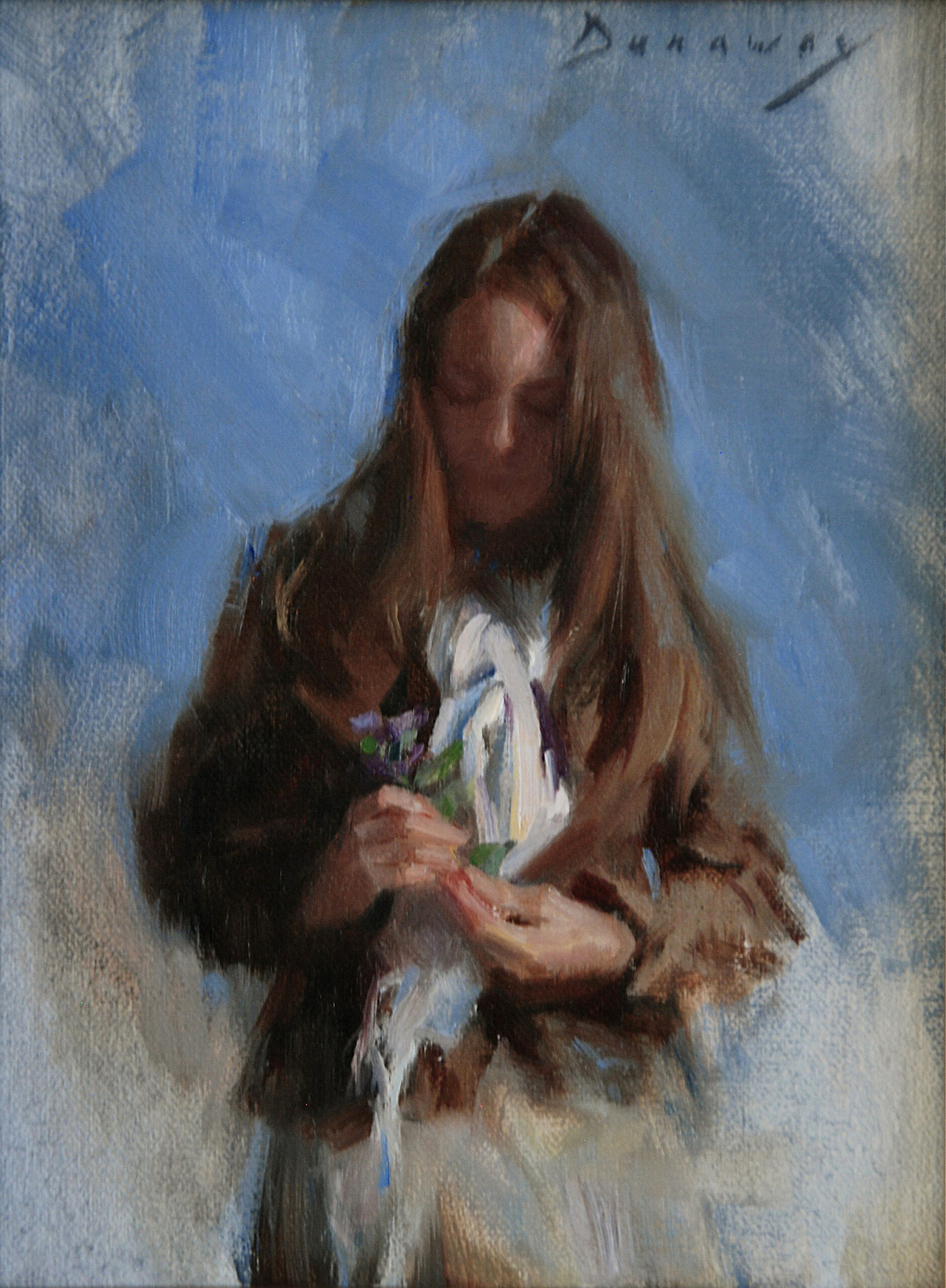
Oliver Wendell Holmes said, “Man’s mind, once stretched by a new idea, never regains its original dimensions.” Art inspires us; it transposes the ordinary into the extraordinary. Through the giving of our attention and creative efforts to it, we become part of that process of transformative power. Its power is alchemic, giving us inspiration, and an inspired human being is someone who is not hindered by circumstances or limitations.
A person inspired can do anything.
I am so thankful to the artists who have had the courage to follow their inspiration throughout history and to the present day. They are human beings expressing themselves and the world around them creatively. They remind me every day: as a human being I can do the same, and so can you. Connect with who you are when you’re painting, connect with the beautiful intricate essence of your subject, learn the technical aspects (your ABCs), and then write your novel or your poem in paint. Speak your truth with those tools because it will add so much to this world and it will inspire others in ways you can’t even begin to imagine.
“Art is the giving by each man of his evidence to the world. Those who wish to give, love to give, discover the pleasure of giving. Those who give are tremendously strong.” ~ Robert Henri
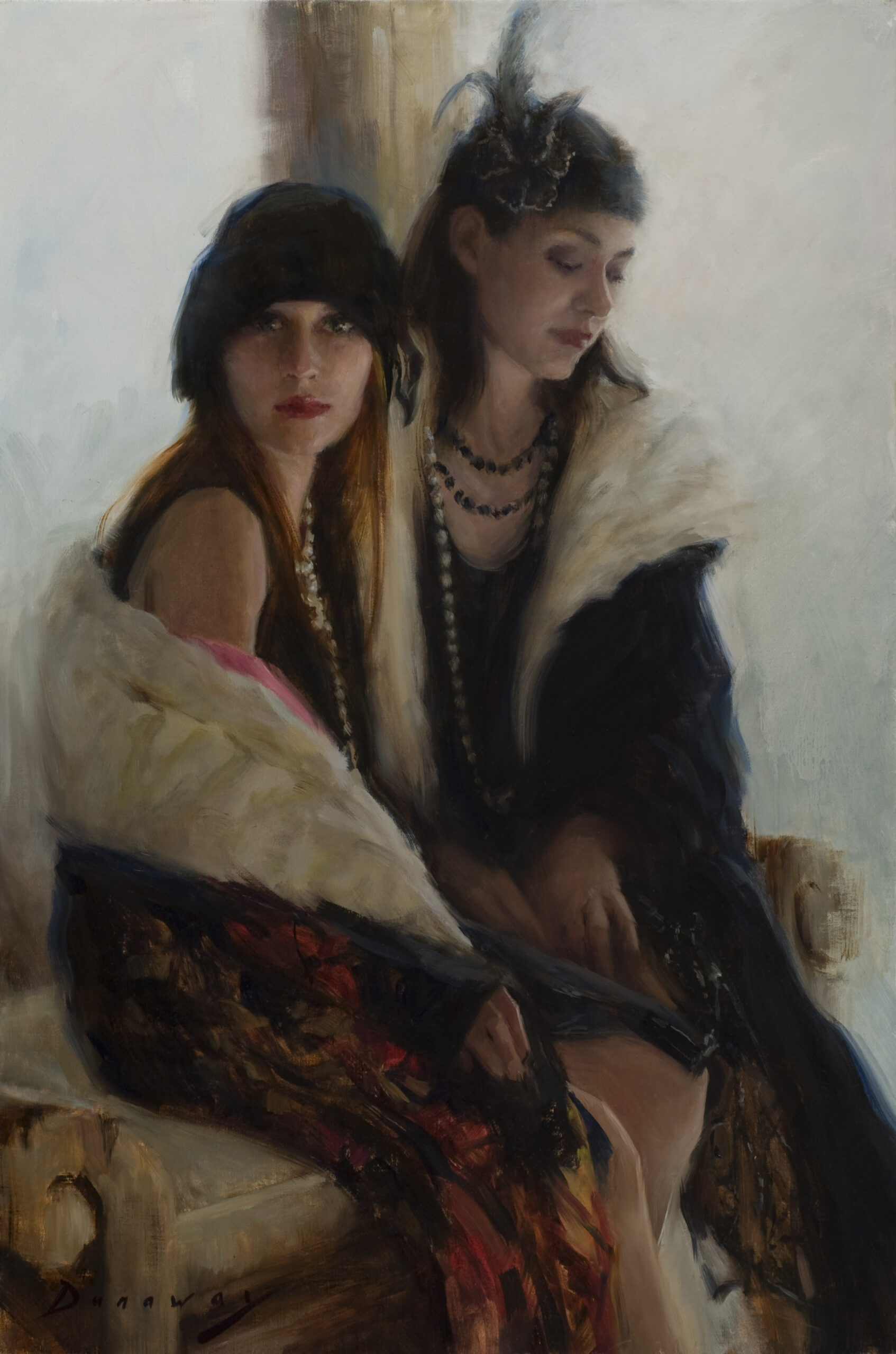
About the Artist
Michelle Dunaway is an American artist whose paintings are revered for their bold brushwork yet sensitive portrayal of emotions that capture the human experience. Dunaway’s artwork has been featured in numerous art publications and her paintings have been exhibited in Paris, New York, and Los Angeles. Dunaway has taught and lectured at various venues internationally and her classes draw students from across the globe to study with her. Dunaway’s paintings are highly sought after by distinguished collectors and displayed in prominent collections throughout the US and Europe.
www.dunawayfineart.com
- Become a Realism Today Ambassador for the chance to see your work featured in our newsletter, on our social media, and on this site.


